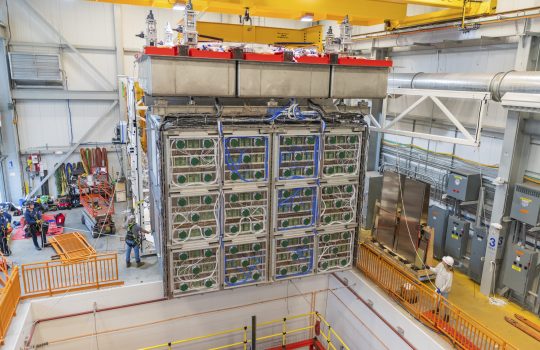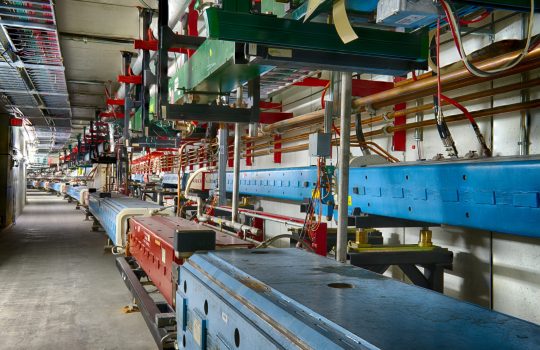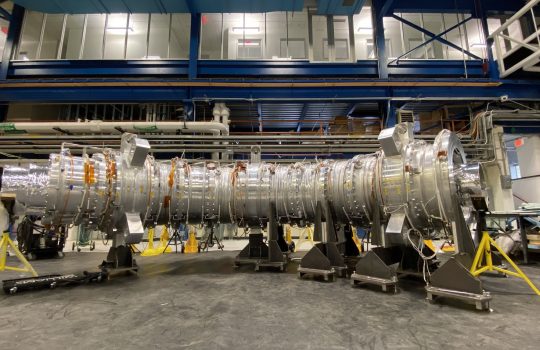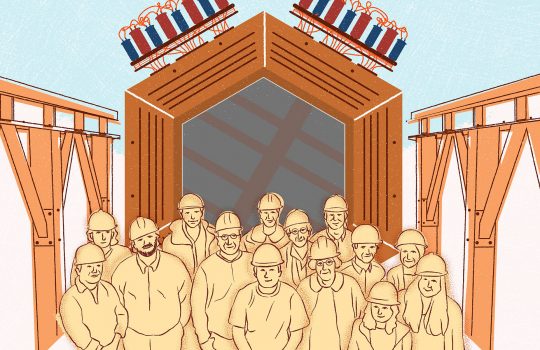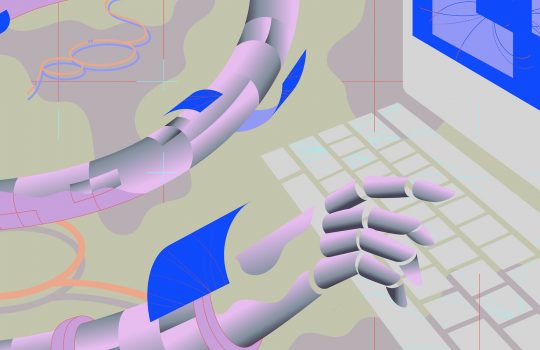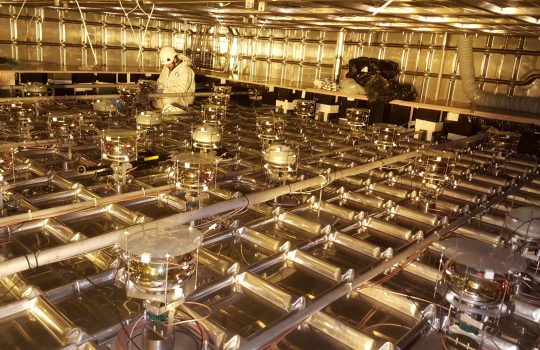Scientists recall the discovery of the top quark 30 years ago at Fermilab
On March 2, 1995, the top quark discovery at Fermilab was announced by scientists on the CDF and DZero collaborations, and the sixth and final quark was added to the Standard Model. We ask two members of the collaborations to reflect on this groundbreaking moment in particle physics.


